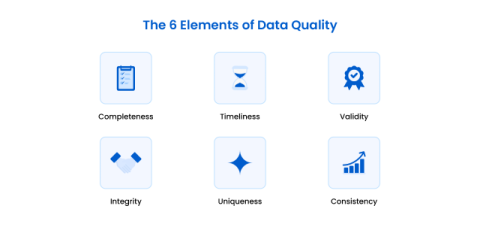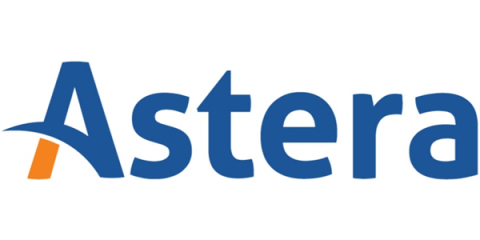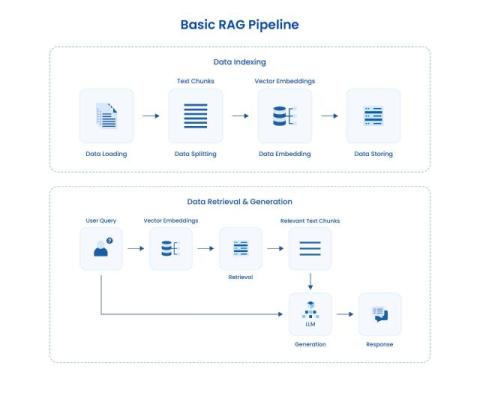Bank Statement Extraction: Software, Benefits, and Use Cases
Bank statements contain useful financial information that can be turned into important insights. With the era of manual bank statement extraction firmly in the past, intelligent document processing (IDP) and artificial intelligence (AI) offer a better way of processing bank statements and obtaining the valuable data they contain.







